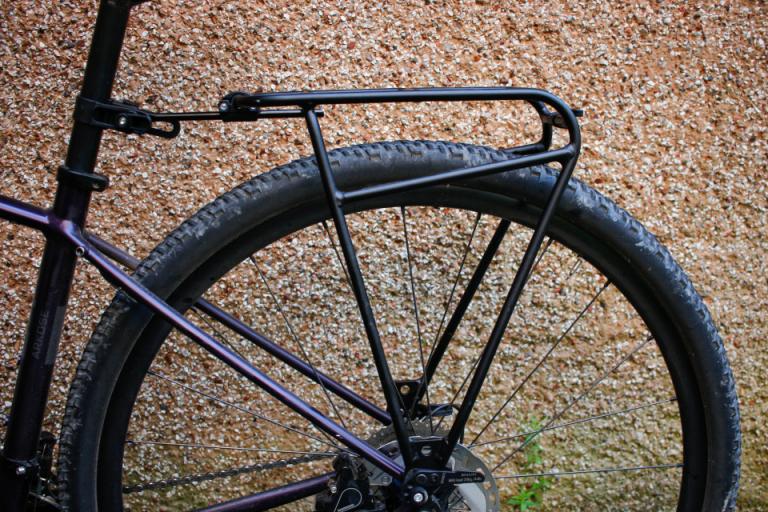Are bicycle panniers the best way to carry stuff? They certainly can be, depending on your bike and individual needs. In this guide, we'll take a look at your bike luggage options and help you choose from the best panniers and pannier racks available.

Best waterproof pannier bag: Altura Thunderstorm City 20 Pannier

Best value pair of pannier bags: Oxford Aqua V32 Double Pannier Bag

Best pannier bag for durability: Upso Potters Pannier

Best pannier bag and backpack: Ortlieb Vario 20

Best universal pannier rack: SKS Infinity Universal MIK Luggage Rack

Best value pannier rack: Elops Seat Post Pannier Rack 500

Best rack and bag system: Tailfin Carbon AeroPack
Bicycle panniers make it easy to carry stuff that's too bulky for your pockets or too heavy for a backpack, and it's this versatility that makes them for many people the best way to carry your gear. The best bicycle panniers are waterproof to protect your stuff, durable and easy to fit and remove from the bike.
For commuting, look for bicycle panniers that are large enough for a laptop and provide organising pockets for other stuff. For touring, durability and capacity are key, but don't be tempted to go too big; you can always leave the kitchen sink at home
The best pannier racks are stiff so your panniers don't sway, and designed to fit around complications like lowered seatstays and disc brakes.
For more information on panniers and racks, visit our FAQ section at the bottom. To learn about our review process and how we compile our buyer's guides, check out this article on how road.cc reviews products.


























Add new comment
5 comments
I haul the weekly supermarket shop most Sunday's, usually about 40 kg. After breaking the welds on a number of aluminium alloy rear and front racks (the emergency zip ties lasted longer!) I've gone for stainless steel Tubus. All good so far.
Ortleib do mounting blocks for the Quick Rack that go on your seat stays, if you don't have any mounting eyes. Not for carbon frames though.
They are additional kit, at additional cost ... But worth it if your eyelets are missing or buggered (like mine after repeated traditional rack on, rack off).
The Quick Rack also has an additional clip on mudguard, which is fit once, leave on ... It's not that expensive and works well.
Quick Rack can also be used with a RedShift seat post.
You might have guessed I've got one, and like it.
It suggest it for people like me with only one bike, who commute during the week and want to ride without the additional metalwork at weekends.
It seems slightly strange that the article has the Quick Rack marked down for being expensive, yet it is cheaper that it's nearest equivalents on the recommended list.
I've been considering investing in the light version - I run a conventional pannier rack most of the time, but take it on and off fairly frequently depending on my riding. That only takes a few minutes, but can be a bit fiddly (in part because it shares eyelets with my mudguards) so a lighter, quick to put on and off rack is tempting.
"I run a conventional pannier rack most of the time, but take it on and off fairly frequently depending on my riding."
I used to do that, and combination of soft aluminium and hard steel being repeatedly undone and done up, left me with stripped threads.
I wish I'd came across the Quick Rack when I had first got the bike, would have been so much easier.
I've now bought one. Too early to give a proper review, but so far I'm happy with it.